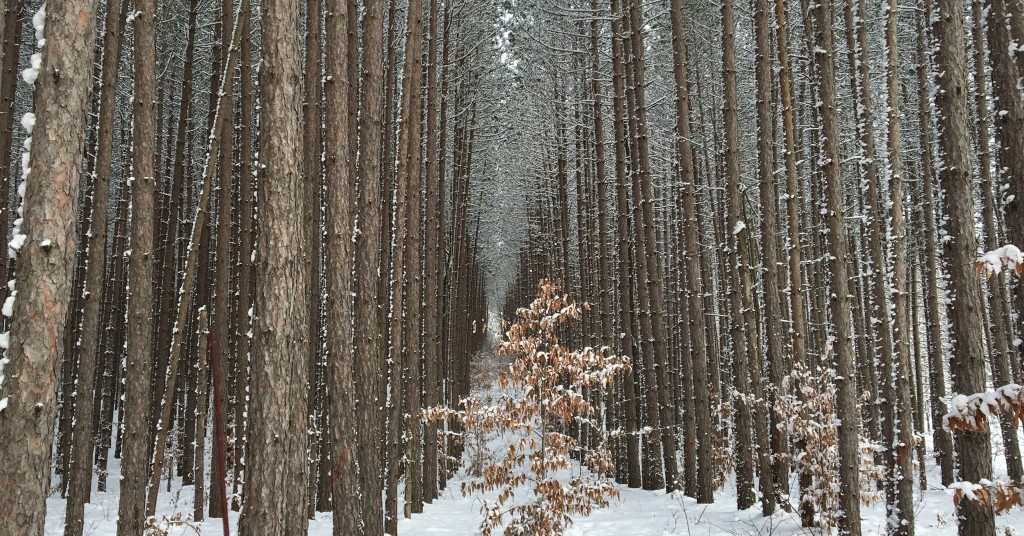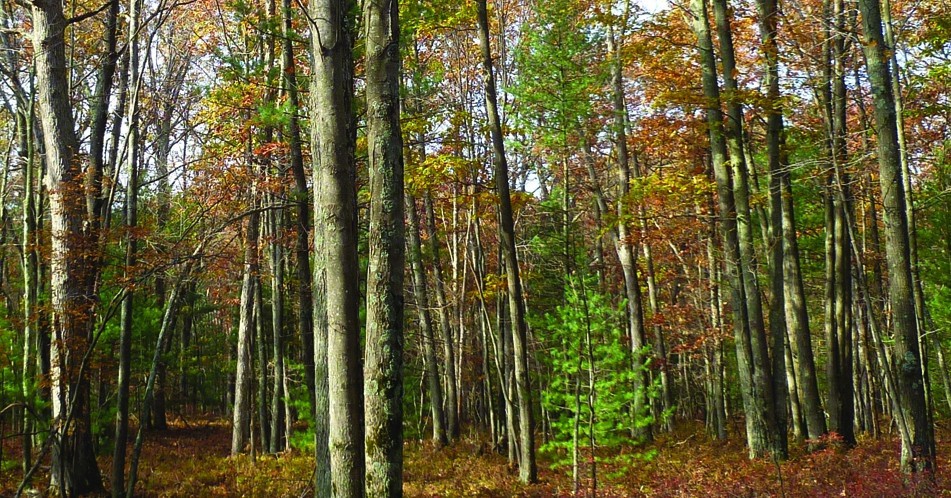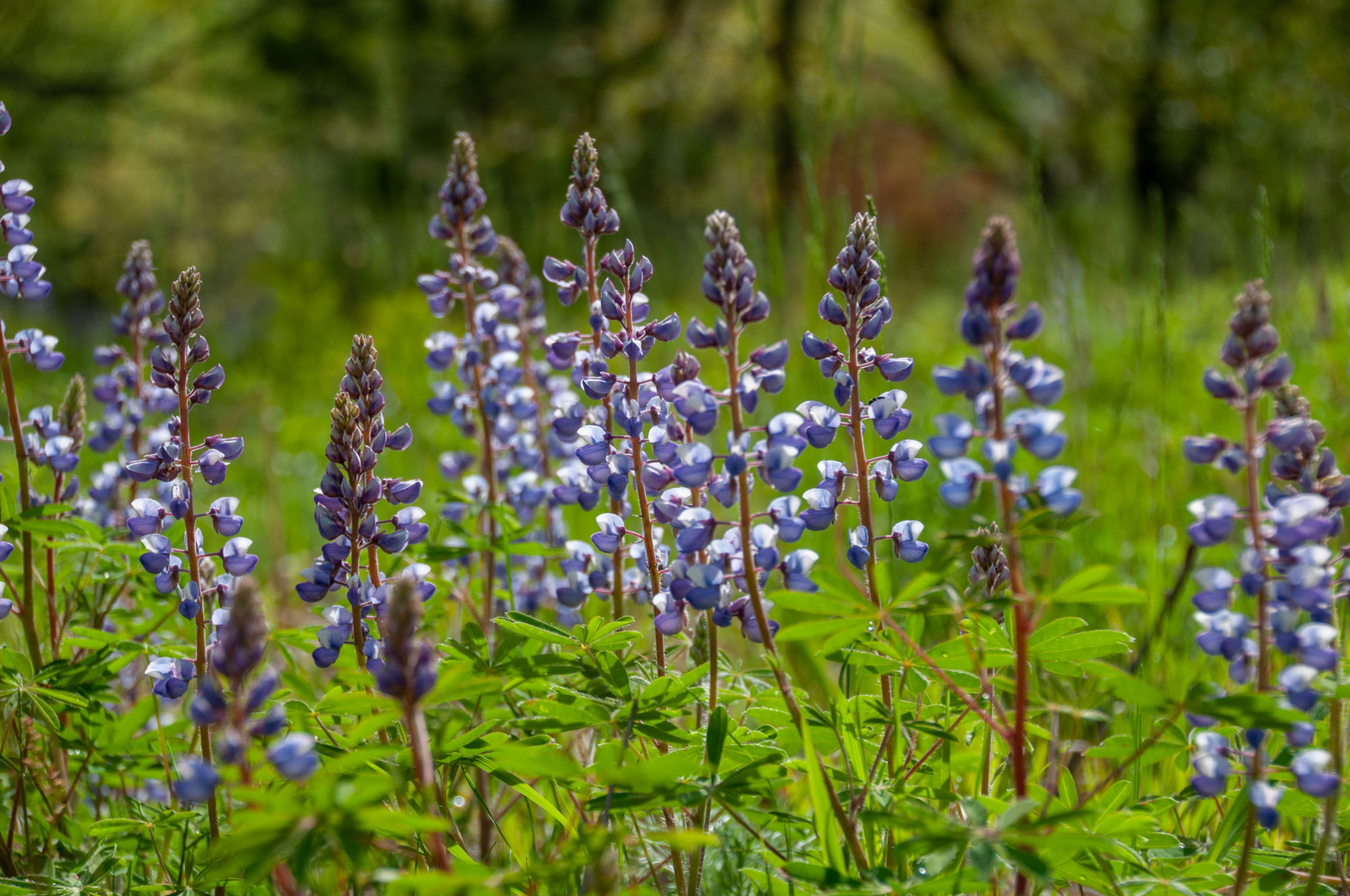
Cutting Trees for Love of Forests
I was taught early in my life to love trees. I have been called a tree hugger many times and I have found a few occasions to actually hug trees. My love of trees led easily to a love of long uninterrupted forest. Forests, being harder to define, are harder to care for and sometimes that care is best done, not with hugs, but with a chainsaw and axe.
The first forest I knew well was the five acre lot beside my childhood home. The edge of the woods was thick and tangled with sassafras and sumac. Beyond that were larger maples, oaks and a grove of aspen. At the other end of the lot, the trees thinned and opened into neat rows of red pine, planted at predictable distances, row after row, with only an occasional beech tree growing in the space between.
There is something about these rows of trees that captures my attention. It could be the way the light shines through the trunks or the way the rows of trees converge into a point in the distance. It might have something to do with a deeply ingrained sense that safety is found in open spaces and only danger comes in the forest. I think there is also an unconscious human desire for the ordered neatness, the organized structure, the consistency. We built these forests like we build our cities. We made the forests like we try to make our lives.
In the 1930’s and 1940’s, Michigan was dealing with the aftermath of decades of lumbering. Nearly every acre in West Michigan was cut over and the landscape was sandy and barren and eroding at a quick clip. The red pines and scotch pines were the answer to that problem. They were planted in rows for efficiency of planting and for the ease of cutting them for timber later on. Over 80 years, while the trees grew tall and straight, these forests were sold, abandoned and the original intents forgotten. Now they quietly deceive us into thinking they are natural.

A forest is not merely a group of trees. Though the rows of red pines are quiet and stately, the quiet comes mostly from the lack of bird and animal life. The trees have few low branches and provide little cover or protection. There is little variety in food to attract the many kinds of birds that might be seen in a nearby woods. Disease spreads quickly having a bounty of a single species all within an arm’s reach apart.
Many of the our nature preserves still have remnants of the red pine plantations. Restoring the natural forests takes time and hard work. Over many years, row by row is removed, allowing light down to the forest floor where decade old seeds begin to grow. The native trees fill in the gaps. In the open sunlight, new invasive species thrive and must be held back from taking hold. It is long work and we, most likely, will not be around to see its end.
We yearn for the eclectic hardwoods, the mixed pine, fir, spruce and hemlocks, the noise of birds and the scurry of wildlife, to the neat row pines. With a love of trees we appreciate the beauty of a red pine. With a love of forests we cut them down.






John
During the depression the Federal Gov’t stepped in, bought up tax reverted land & created the Manistee & Huron Nat’l Forests, it was fine stewardship. Red Pines remain a top choice in reforestation situations because its a hardy native species.
Unfortunately, priorities changed, regular thinning was not a priority. Northern Michigan is left w/ mono-culture – dense stands of mature Red Pines. If thinned heavily they are unstable in heavy winds due to lack of lateral growth & unlikely to survive. So very judicious thinning is now essential…
Joe Engel
In 1949, my grandfather purchased 80 acres of sandy, cutover land in Missaukee County – for two hundred dollars. Massive white pine stumps, leftovers from 19th century logging and held together by timeless pitch, covered the landscape like a botanical rash. In 1950, he retired from the U.S. House of Representatives, put on his overalls, and went to work covering this orphaned land with red pines – interspersed with scotch and jack pine. The loose soil was perfect, and the trees took off, skyward. Nine years later, in a moment of ironic bad judgment, my grandfather pulled out in front of a logging truck west of Houghton Lake and was killed. The pine grew. The scotch and jack, originally planted as Christmas trees, were culled. In 1994, with the guidance of an excellent county forester, my father selectively timbered one third of the stand. Ten years later, another third was timbered. The landscape changed. Scrub brush, grasses, beech, maple and cherry seedlings somehow found root in the decreasingly hostile soil, and sunlight found its way into a previously impenetrable pine forest. Birds and animals began to return. My father and I walked this evolving forest numerous times over the years, sharing a familial spirit, connecting generations, and reveling in the solitude. When he passed away in 2013, he left me with the welcome but somewhat bittersweet task of stewarding this land for his grandchildren, and generations beyond. This past fall saw the last thinning, and within a couple of years the scars of the logging trucks will be covered by grasses, and the increasingly diverse forest will finally be at peace. A 67 year journey – so far. Colin’s apt observations about the hard work required to “restore a forest” are borne out by our experience. However, the rewards are well worth the effort and, as I have been blessed to experience, something we may actually “see” in our lifetime…
Chris Muldoon
I hope to see more posts like this one — it was excellent. One of Colin’s quotes (about lines of planted trees converging in the distance) caught my attention: “It might have something to do with a deeply ingrained sense that safety is found in open spaces and only danger comes in the forest.” I’m a Michigander, and I feel much more secure in a forest than I do in open spaces, unlike native Americans and others who’ve been born and lived on a prairie. For me, the forest is like a protected safe haven; among other things, it’s easier to hide there. While I’m interested in the ecology of prairies, they make me feel exposed and vulnerable — where to hide when the enemy approaches? — not to mention their discomfort in the summer heat and the winter blizzards.
The above responses were thought-provoking and interesting, also. Everything is always in process of change — the kind of change, I hope, that maintains a welcoming natural environment for humanity and wildlife and not just the construction of a mess of expensive/expansive, ugly buildings for the elite.
Thank you, all. Mr. Engel referred to a “journey”, and yes, our love of forests is a journey.